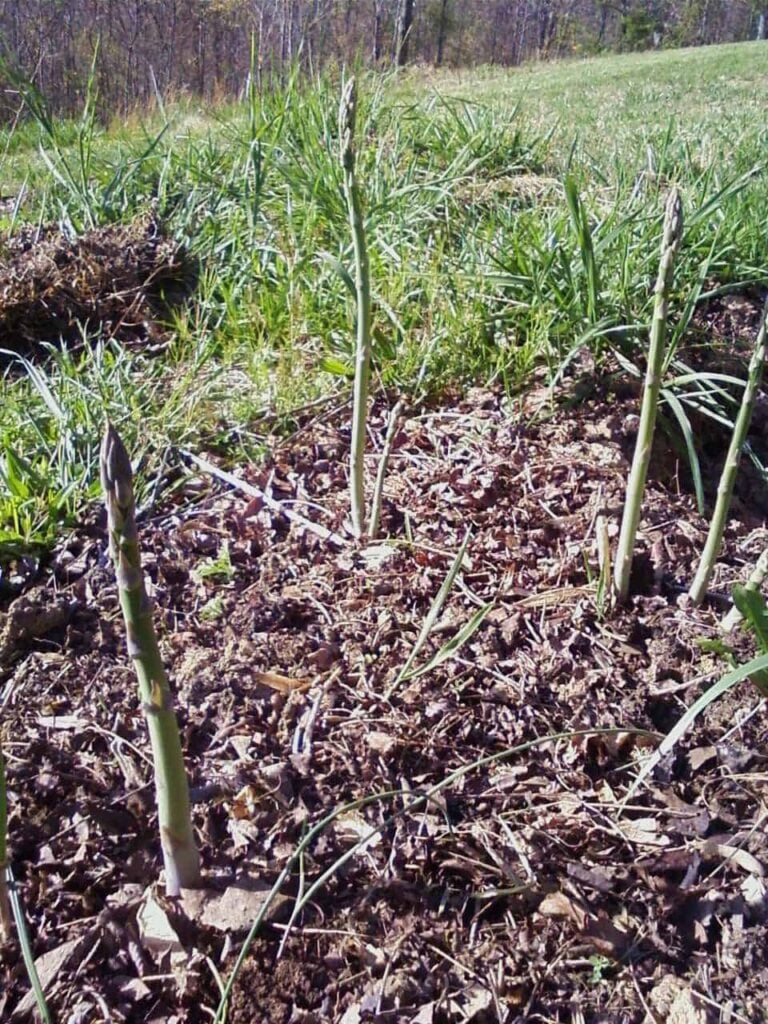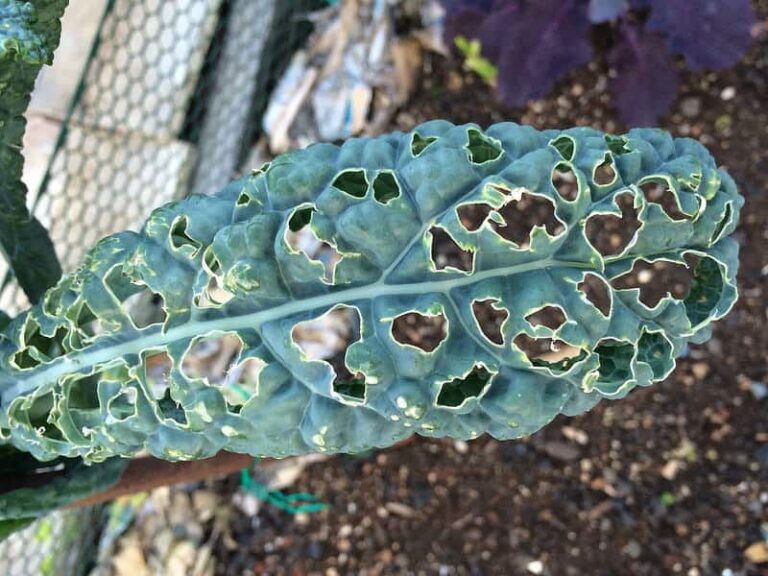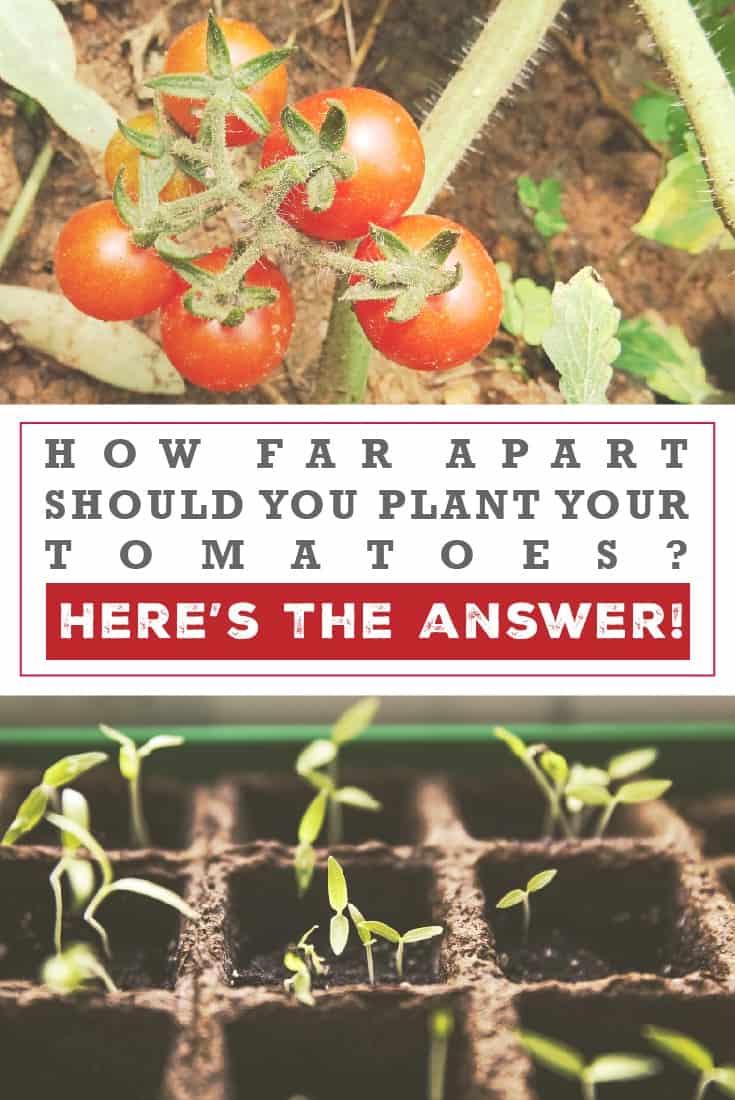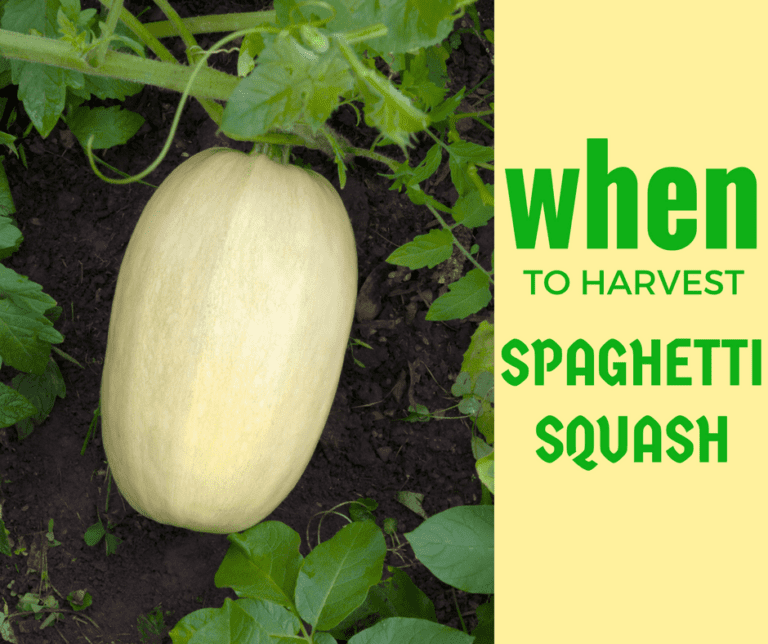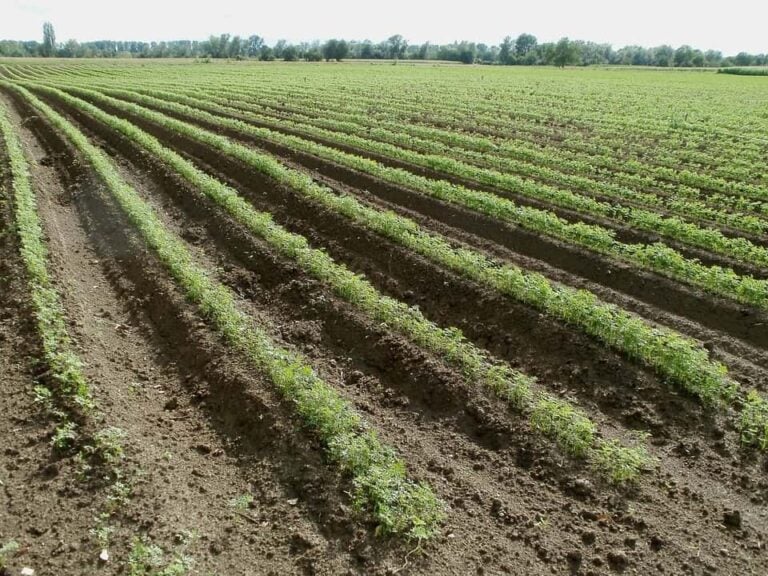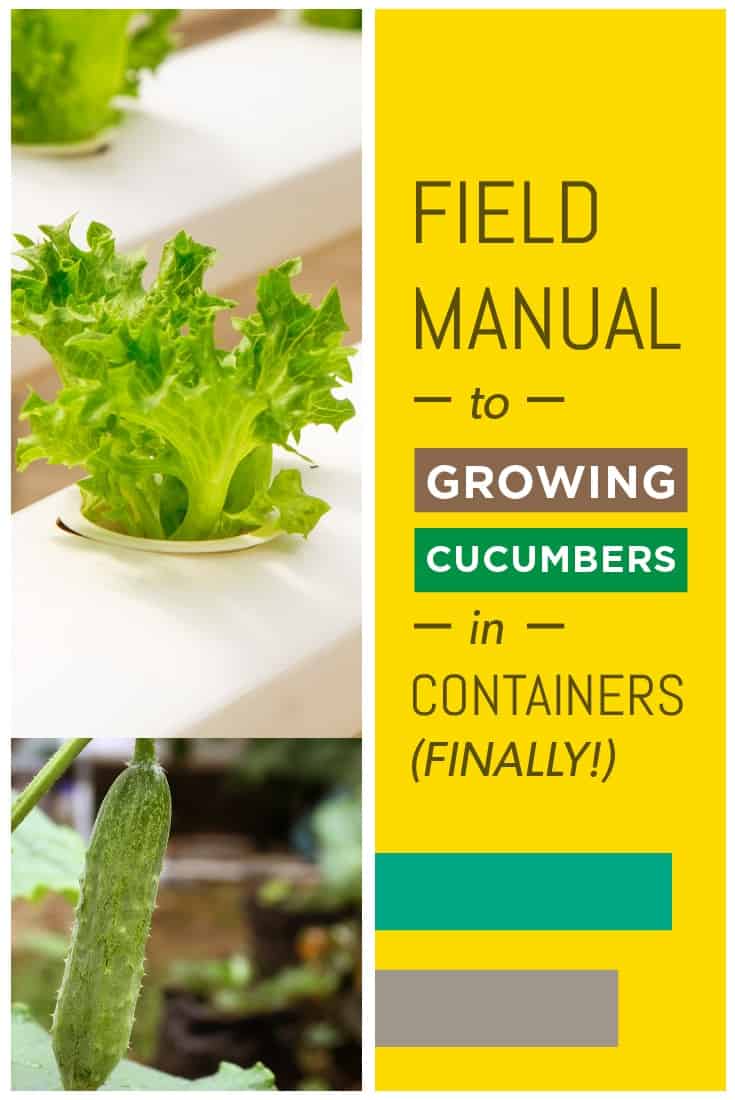How to Avoid Tomato Disease
All gardeners place high importance on keeping their tomato plants safe and free of viruses that can infect the plant’s leaves. You would like the best tomatoes you can get after spending all that time and effort, correct?
You will even have to address issues brought on by cold weather, pest garden insects, and diseases that affect tomato plants. Knowing what to look out for is vital because tomatoes aren’t the simplest plants to grow from seed to harvest.

More About Tomatoes
It is possible to grow tomatoes (Solanum Lycopersicum) on practically any relatively well-drained soil. A sufficient supply of organic matter can improve production issues and boost productivity. On the same land, tomatoes and closely related vegetables like potatoes, peppers, and eggplants shouldn’t be planted more than once every three years.
Any crop used as a cover crop or planted before tomatoes should belong to the grass family. Because it provides significant amounts of organic matter and inhibits the growth of disease-causing organisms that attack tomatoes, corn is a great crop to grow in rotation with tomatoes. It is advised to utilize certified seeds and plants wherever possible.
Pathogens that cause tomato diseases can range from bacterial to viral to fungal. Different tomato diseases impact other geographical areas, and infection rates rely on a variety of elements, including but not limited to weather, humidity, and plant health.
To ensure your tomato crop has enough moisture and good, nutritious soil, it’s crucial to keep in mind that healthy, well-cared-for tomato plants frequently have more resilience to tomato plant disease.
How To Maintain Health And Hygiene
Cut back on irrigation. Interestingly, tomato plants require very little water, and overwatering might encourage disease. Water once the top three inches of soil dry, and the leaves appear limp in the sweltering sun after the fruit has begun to emerge.
Get Rid of Dense Foliage. Tomatoes frequently develop more densely than is necessary, which restricts airflow and causes them to produce more leaves than their immune systems can handle. Once the fruit has started to develop, remove any new sprouts from the main stems and teach the plants to take on an open, spreading shape.
Keep Neighboring Vegetation Low. The humidity at ground level is kept high by a weed patch, a tall area of corn, or beans next to your tomatoes that obstruct airflow. Tomatoes should ideally be planted in the open, surrounded only by mulch, turf grass, or other small-stemmed plants (like basil or garlic).
Although there isn’t much that can be done about falling water, avoid giving your tomatoes the sprinkler treatment because fungus only spreads when the plants are moist. To irrigate at ground level instead, use a soaker hose or drip irrigation.
The primary way fungal spores spread to plants is when showers hit the ground and spray contaminated water onto the foliage. Fungal spores overwinter in the soil. When conditions are moist enough, blight advances up the plant from that point. Mulching is helpful because it hides the fungus spores. Mulching also helps the soil retain moisture, requiring less watering overall. Tomatoes can be mulched with straw or dry leaves.
Clear away any infected leaves. If you notice any spots or deformations on leaves, don’t hesitate to clip them off because doing so could prevent the illness from spreading to the remainder of the plant. Keep these clippings far from your tomato plants while disposing of them.
Because they consume a lot of food, tomatoes will be more resistant to disease if they receive a few fertilizer boosts during the growing season. Administer a high phosphorus fertilizer every three weeks after the fruit has set.
Clean up the tomato tools. Before using it on or near healthy tomato plants, anything used to prune sick tomato plants or amend the soil surrounding them should be cleaned and disinfected. It works well to soak the instruments in a 10% bleach solution or full-strength rubbing alcohol.
Pest insect management. Though insects seldom destroy tomatoes, they routinely attack them on a modest scale, weakening the plants and increasing their susceptibility to disease. Certain insects are also involved in the transmission of diseases. Natural insecticidal soap can be used to get rid of small sucking insects. Larger bugs can be manually removed. If you notice insect damage, examine the leaves’ stems and sides.
Try making a habit of watering in the morning. In this manner, moisture will swiftly evaporate from the soil’s surface, providing the roots with the water they require while reducing the humidity around the plants.
Why Is Disease Prevention Better?
Once established, the majority of tomato illnesses are difficult to eradicate. Fungicides and bactericides can be useful, however they work best when used as a prophylactic measure. There are organically derived substances yet quite hazardous that are approved for use by organic farmers.
One such substance is copper sulfate. Organic farmers are only permitted to use those drugs in extreme circumstances where they can prove that no other treatments have worked. They would suffer considerable financial losses if the sickness worsened.
There seems to be little evidence to substantiate the assertion made by some amateur gardeners that piercing the tomato plant’s base with a strand of copper wire endows it with antibiotic capabilities that ward off illnesses.
Other DIY treatments include spraying the affected area with hydrogen peroxide and baking soda, spreading a slurry of skim milk, or giving the plants chamomile tea. While some of these strategies may have some use, fighting tomato illnesses is rarely fruitful, thus prevention is always preferable to treatment.
Prevention
Rotate your harvest. Plant tomatoes in a different location in the garden every year since many tomato diseases lurk in the soil. To prevent an illness from spreading, remove any diseased leaves right away and throw them in the trash. Don’t forget to allow enough air to flow around each plant.
As the season begins, mulch your tomato plants thoroughly. When it rains, a layer of two to three inches of compost, or hay prevents soil-dwelling fungi from splashing up onto the lower leaves.
When feasible, make sure to keep the foliage dry. You can direct water to the root zone with hand irrigation or soaker hoses. Wet foliage encourages fungal problems, and the spray from rooftop sprinklers can spread illness.
When the leaves of tomato plants is damp, avoid working in the garden because you risk accidentally spreading viruses from plant to plant. When deciding which varieties of tomatoes to cultivate, choose disease-resistant ones.
At the conclusion of the growing season, remove any sick tomato plant waste and either burn it or throw it away. Do not compost any foliage that has illness. If you plant tomatoes in containers, clean the empty pots with a 10 percent bleach solution at the conclusion of the growing season, and replace the used potting soil with a fresh blend each spring.
Some Common Diseases To Look Out For
Your garden may occasionally become infected with tomato diseases despite your best attempts to keep them at bay. Here is a rundown of the most prevalent tomato plant diseases, along with details on how to recognize, avoid, and treat each one.
Fusarium Wilt
Fusarium wilt (Fusarium oxysporum), which may wipe out entire fields of tomato plants, is typically more prevalent in warm, southern climates. Dropped leaf stems are one of the symptoms. Often a whole branch will wilt, frequently beginning at the bottom of the plant and moving up until the entire plant collapses. Cut the plant’s main stem open, and then examine for dark lines that go through the stem lengthwise to confirm an infection. Occasionally, the plant’s base will also have dark cankers.
This tomato plant disease’s spores can thrive for many years in the soil. Equipment, water, plant detritus, even people and animals can disseminate them. When you’ve had Fusarium wilt previously, planting resistant types is the best form of defense. Additionally, every season at the conclusion, sanitize tomato cages and stakes with a 10% bleach solution.
Early Blight
On a plant’s lower leaves, this widespread tomato plant disease manifests as brown spots with a bulls-eye shape. The tissue near the spots frequently turns yellow. Infected leaves will eventually fall off the plant. Most of the time, even though the disease symptoms spread up the plant, the tomatoes will keep ripening.
This pathogen (Alternaria solani) resides in the soil, and once the early blight fungus has started to exhibit symptoms in a garden, it will likely stay there because it can readily survive the winter in the soil, even in extremely cold locations. Fortunately, even with somewhat severe incidences of early blight, the majority of tomato plants will continue to produce.
Immediately after planting, mulch tomato plants with a layer of newspaper, then cover them with straw or finished compost to prevent this fungal disease. By creating a barrier of defense, this mulch stops soil-dwelling spores from splashing up out of the ground and onto the plant.
Late Blight
One of the diseases that affect tomato plants the most severely is late blight (Phytophthora infestans). Fortunately, it’s not very prevalent, particularly in the north where the cold temperatures of winter make it impossible for it to grow without a host plant. A fungus called late blight produces splotches with erratic shapes that are sticky and wet.
The topmost leaves and stems frequently show the splotches first. On the vine, entire stems ultimately decay, getting black and slimy. On the undersides of the leaves, there could also be areas of white spores. The pathogen spends the winter in hidden potato tubers in the north. It easily endures the winter in the south.
This disease’s spores spread quickly and travel great distances on the wind. A void bringing potatoes and tomatoes from the south into your garden if you are in the north, since you can unintentionally spread late blight spores.
Even though late blight is a rare infection, there isn’t much you can do to stop the disease from spreading because the spores move so quickly. In order to help prevent the virus out of your area, only plant locally cultivated plants.
Verticillium Wilt
Several soil-borne pathogens are responsible for this fungus disease (Verticillium spp.). They obstruct the vascular tissue of the tomato plant and make the stems and leaves wilt when they are present.
Slowly and typically, a single stem at a time, symptoms develop. The entire plant eventually turns yellow and withers. Cut through the plant’s main stem and examine the interior for dark brown discoloration to confirm the diagnosis. Late summer is the most troublesome time for verticillum wilt.
Once verticillium wilt appears, there isn’t much you can do to stop the infection from happening this year. Rather, concentrate on avoiding this disease from affecting tomato plants in the future. The fungus spores in the top couple inches of soil will be killed with the aid of soil solarization.
Utilize crop rotation for at least four years following the infection, avoid planting any additional members from the same plant family in the very same planting area.
Southern Bacterial Wilt
The tomato plant disease known as southern bacterial wilt is highly contagious and quick to spread. The bacteria that cause this disease are soil-borne, but they can also spread through soil, water, plant debris, clothing, equipment, and skin. It naturally occurs in tropical climates and greenhouses, but it can also enter gardens through diseased plants that have been imported.
Early signs include a plant’s few withering leaves although the rest of the foliage still seems healthy. Eventually, all of the leaves will wilt and become yellow, but the stem will continue to stand upright. The sliced stems thread with slimy slime, and when they are submerged in water, milky streams of bacteria emerge from the wound.
Southern bacterial wilt is a soil-borne disease that can persist for a very long time on plant waste and roots. It prefers hot, humid weather, like many other tomato diseases do. The easiest approach to avoid contracting this illness is to buy and plant only plants that are cultivated nearby, or to cultivate your own plants from seeds. Although Massachusetts and other northern places have also been reported to have Southern bacterial wilt, warmer regions seem to see more of it.

